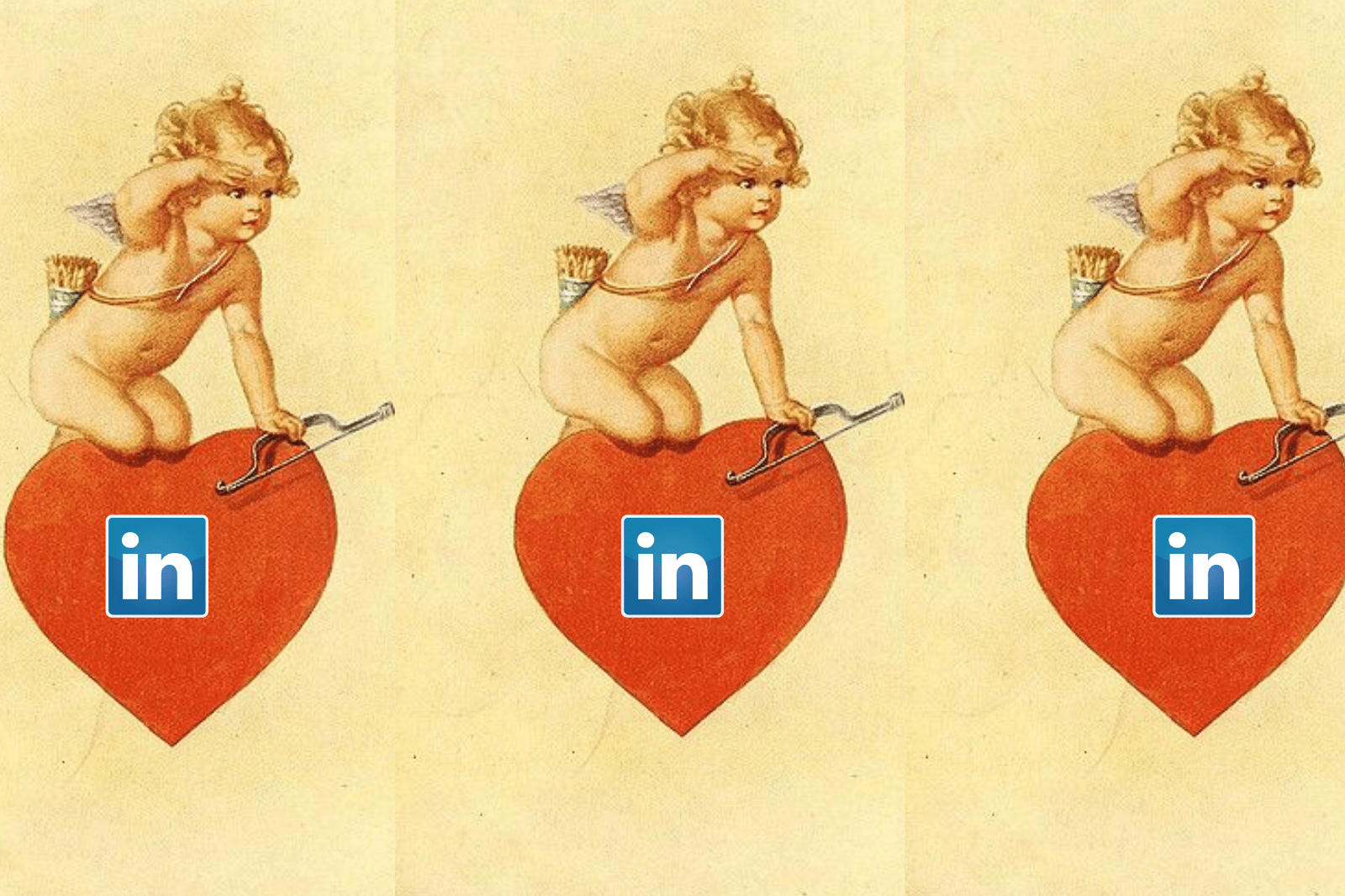Like all social platforms, LinkedIn has its own set of unique style conventions and social rules. In this article, we run through some of the key points of LinkedIn etiquette to help you grow your professional presence and personal brand.
1. LinkedIn is many things, but it is not Tinder
Just because you can on LinkedIn, doesn’t mean you should.
LinkedIn is a professional networking platform. Unsurprisingly, users sign up to LinkedIn to network with other professionals not to find a date. Therefore, using LinkedIn to make romantic overtures to that person who you’re pretty sure swiped left on your Tinder profile, or that other person you saw at an industry conference one time is a non-consensual use of the platform. Or in other words, it’s creepy, unappreciated and extremely unprofessional. Do not do it under any circumstances.
2. Selfies are a no go
Although selfies are now par for the course on most social networking apps, the headshot is still king on LinkedIn. Whilst the line between the professional and personal is becoming increasingly blurred in the age of working from home and office sneaker attire, LinkedIn remains primarily a place to showcase your professional identity and places an emphasis on your skills, experience and values rather than your aesthetic. Your LinkedIn headshot doesn’t strictly need to be a corporate suit-and-tie affair, but it does need to clearly show your face and have you looking neat, tidy, and at least appear as though it was created for professional purposes. That means no cartoons, no pets, no festival pictures, no drinking pictures, no selfies and definitely no belfies. If you don’t have the finances to invest in professional headshots, get a colleague to snap a quick picture of you standing against a plain background with your arms crossed and smiling. Once you have the image, put it into greyscale and you’ll have a clean, simple and professional image to use as a profile shot for the time being.
3. Sarcasm does not fly
Meme culture, meta jokes and jaded sarcasm are great, but they don’t belong on LinkedIn. There are a number of reasons for this, including the ones we have mentioned above. Another key factor that influences the mostly tame content in your LinkedIn feed is the kind of content that performs on this platform. Whilst platforms like Facebook, Instagram and Twitter all favour content which is short on words and heavy on images, LinkedIn is a text based platform and so the content that performs best is not witty one liners but short thought pieces, or longer articles. Because you don’t need to be as economic with words on LinkedIn, there is room to not only start a dialogue through sincere and original thought, but also to flesh it out and back it up with evidence, much like you would in any other professional setting.
4. Don’t endorse everyone you know for every skill they list
This not only makes you look indiscriminate, it also gives your connections the impression that you are fishing for your own endorsements. Never a good look.
5. If you’re going to write a recommendation, do it properly
A recommendation should not be given lightly or half-heartedly as it is an extension of your personal brand. If the person you recommend does not live up to you endorsement, it reflects negatively on your professional judgement making capabilities and can damage the way you are perceived by industry peers. If there is someone you believe is deserving of your recommendation, take the time to write something that is specific and meaningful. Avoid using clichés and corporate buzzwords (No ‘agile all-rounders’ or “digital nomads” please) and instead focus on your professional experience with the individual. Give specific examples of key moments when you felt they shined.


